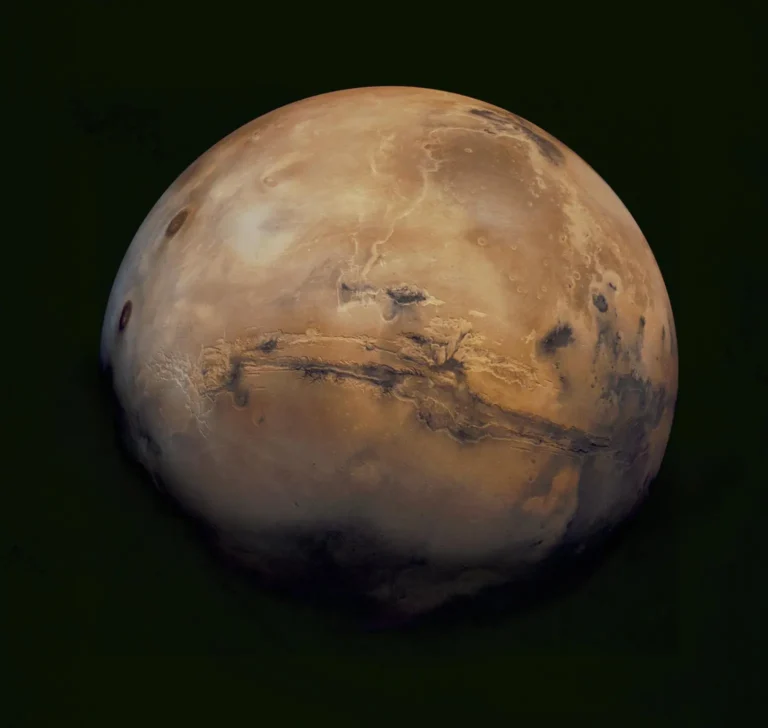Key Takeaways:
The nebula is unusual in a number of respects, not the least of which was the method of its discovery. Most planetary nebulae were discovered in images sensitive to the strong emission lines coming from the nebula’s excited hydrogen. By contrast, Hewett 1 was identified by emission lines from oxygen in the spectra of many background galaxies and quasars observed as part of the Sloan Digital Sky Survey. The nebula’s large size caused many spectra to show oxygen’s characteristic emission-line signature.
The physical size of the nebula is approximately 2°, which, at its distance, is roughly 17 light-years across. However, astronomers have also discovered evidence of a surrounding halo of ionized gas extending nearly 10°.
The final stages in the evolution of Sun-like stars as they transform from red giants into white dwarfs is not well-understood. Hewett 1 is important because of its association with a member of a class of white dwarfs that so far has not been known to show evidence for the existence of planetary nebulae. Further study of Hewett 1, together with more sensitive searches for planetary nebulae surrounding other hot white dwarfs, will advance our understanding of the violent and rapid (on a stellar timescale) phase of stellar evolution that leads to the creation of white dwarfs. — PAUL HEWETT, DISCOVERER OF HEWETT 1, CAMBRIDGE UNIVERSITY, ENGLAND









